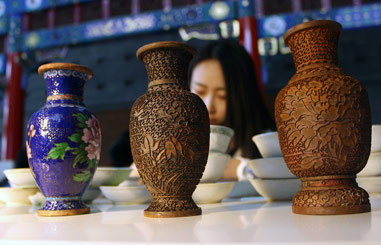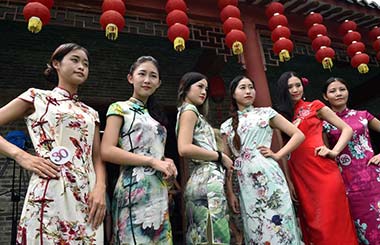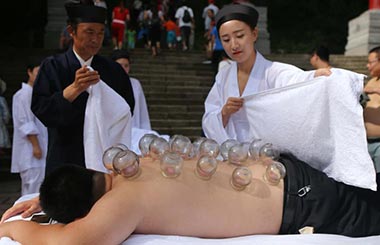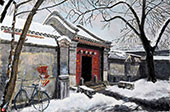Musicians push for viola blossomin China
By Xu Fan ( China Daily ) Updated: 2016-08-19 08:35:28
|
Wing Ho, the president of Chinese Viola Society, gives a master class in Suzhou, East China's Jiangsu province. XU FAN/CHINA DAILY |
Wing Ho didn't seem to mind the sound of rain outside Jinlin Guanyuan International Hotel as he taught the viola to an eight-year-old girl.
"Try to keep it simple," the celebrated Chinese musician told his student at a recent master class in Suzhou, East China's Jiangsu province.
The lesson was part of the Poly Wedo Music & Culture Summer Campus 2016 that was held by the Beijing-based Poly Culture Group over Aug 7-15.
Ho, the president of Chinese Viola Society, and 22 other established musicians, including violinist Sheng Zhongguo, cellist Yu Mingqing and pianist Tian Jiaxin, took the classes that were attended by more than 100 children and teenagers.
And, Ho says it was a good opportunity to discover young talents.
It is important that children build a strong foundation while learning music, which is why the right teachers are needed.
"It becomes difficult to correct basic flaws later," Ho tells China Daily.
Other musicians agree.
"Most masters prefer to teach youngsters from the very beginning," says Ho, a viola professor at China's top music college, the Central Conservatory of Music.
A Yale University graduate, he lived in the United States for years since the 1980s.
Ho has received a number of awards at home and abroad, and has worked as the principal violist for orchestras based in the US, Britain and Japan. On invitation from Wang Cizhao, then the president of the central conservatory, he returned to the country in 1999 and began to promote research and viola performance in China.
"Many of my friends said that they couldn't understand my decision to return as life in the US was more comfortable back then. But I knew my roots were here in China," the musician says.
Ho has organized a series of national viola competitions to select talented players and has published some 100 textbooks.
Many Chinese earlier thought that "violists were those who couldn't play the violin well", says Ho.
Even Ho himself began his early performances as a violinist in a teen orchestra in Beijing. He switched to the viola in 1985 on realizing his passion for the low-profile string instrument.
"Now we are training newcomers to play the viola from the beginning," says Ho, known for initiating reform in viola education in China.
He founded an office to research viola performances at the central conservatory in 2000, the first of its kind in the country.
He has also led Chinese viola players to perform in many countries, such as South Korea, Spain, Britain, Italy, France, Canada and the US.
The events helped improve the image of Chinese viola players and gave them the chance to perform solo in recent years.
"In the past three or four years, almost all world-class viola competitions have invited Chinese players to judging panels," says Ho, who is also the art director of Poly Chamber Orchestra.
Moving with the times, Ho also edits books that use digital technology to provide a better understanding of the viola.
The musician has also developed "small-sized" violas for children aged between the ages of 4 and 12.
"We've measured the length from the neck to hand, and produced eight kinds of violas," he says.
When the master class in Suzhou was over, dozens of students flocked to Ho and asked to take photos with him. His longtime wish of seeing China bloom with violists isn't far away.
Contact the writer at @chinadaily.com.cn
|
|
|
|
|
|
|
|


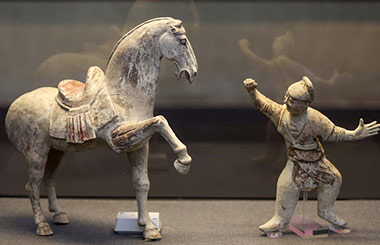
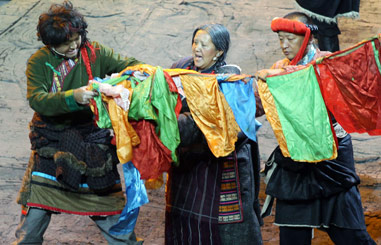
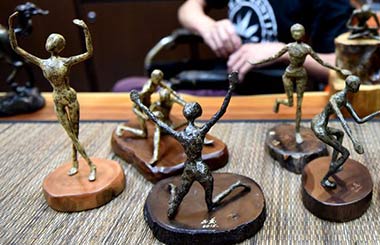
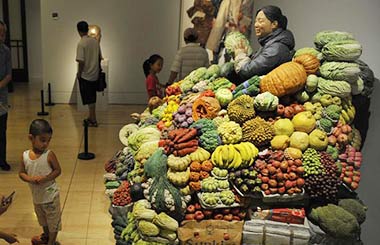






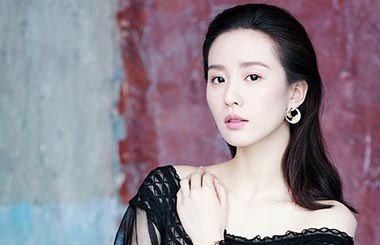

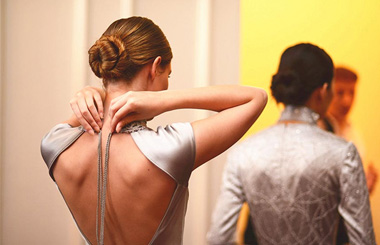




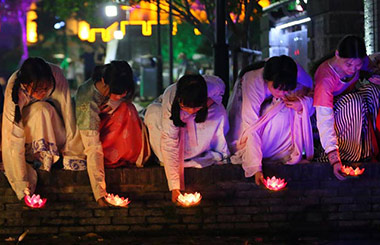

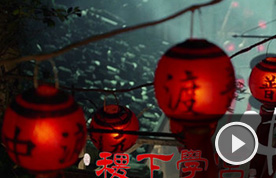
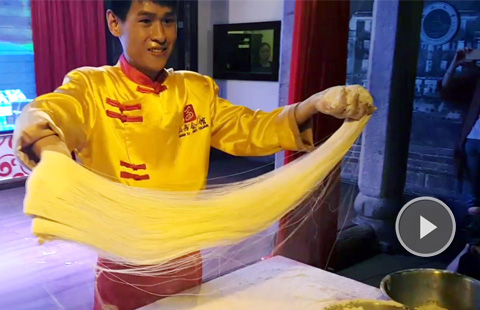

 Raymond Zhou:
Raymond Zhou: Pauline D Loh:
Pauline D Loh: Hot Pot
Hot Pot Eco China
Eco China China Dream
China Dream China Face
China Face

